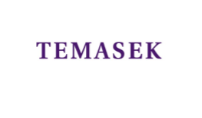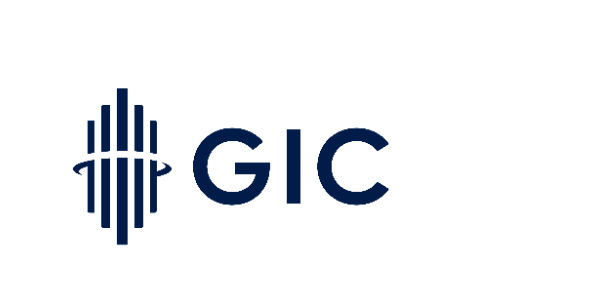Singapore's GIC eyes new opportunities amid inflation, climate transition
Investors need to expand their expertise and knowledge beyond mainstream asset classes amid inflation and become well-versed in ESG, according to GIC's fixed-income CIO.
Speaking at the IMAS-Bloomberg Investment Conference and Masterclass 2023, held in Singapore on Thursday, Liew Tzu Mi said the days of low interest rates and low inflation are behind investors, so they must now consider assets previously not needed in a traditional 60-40 portfolio. The conference was organized by the Investment Management Association of Singapore and Bloomberg.
Ms. Liew, who is also chair of the sustainability committee at the Singapore-based sovereign wealth fund, added: "Every investor must eventually become an ESG expert. I just feel that you cannot externalize this to your ESG team or your dedicated team."
"The reality is that sustainability is going to drive and affect every sector in the economy, every country in the world. And this is going to be the theme for, frankly, the rest of our lifetimes," she said during a panel discussion at the event.
The green transition opens up a "huge opportunity" for investments in emerging markets, she added, citing an International Energy Agency report that said an additional $126 trillion is needed for the climate transition by 2050, with nearly half needed in Asia-Pacific.
There is opportunity in green solutions such as decarbonization technology, green hydrogen, carbon capture storage and other new technologies that need capital to develop into scale, she said.
"In fact, a new asset class that people now start to talk about is something in between infrastructure and private equity. People call it growth infrastructure because it requires a lot of (capital expenditure) in order to move towards a lower-carbon world," she said.
One of GIC's biggest priorities is engaging with companies to transition their businesses, while focusing on "real solutions, decarbonization solutions, and adaptations; we think about how to navigate and how to find potentially some sort of solutions in the low-carbon world," she said.
A GIC spokeswoman did not immediately respond to questions regarding growth infrastructure as an asset class.
On inflation and interest rates, Ms. Liew said that when GIC was formed in 1981, 10-year Treasury yields were at 15% to 16%. Since then, interest rates have declined to — in some countries — negative rates, before rising again. And she believes that the decline in interest rates is over amid high inflation.
"Today, obviously, we're talking about high inflation and the risk of inflation expectations… If you think about that regime, the boost to asset valuation because of this ever-declining interest rates (scenario) is likely behind us," she added.
Inflation has driven investors to expand their portfolios to consider inflation-hedging assets, such as real assets, and "to think about allocation in a more appropriate way because, in the past, it was never needed in a 60-40 portfolio," she said.
That, combined with other factors such as deglobalization and rising geopolitical tensions, makes it "even more important for us to think about scenarios, ways to conduct different stress tests on the portfolio, diversification along multiple dimensions, and resiliency to the portfolio, including the climate resiliency."
"You will have to run different types of scenarios — assuming carbon taxes, for example, at different pricings, and how they will impact the investments you have in the portfolio. (You should) also think about ways in which you can include hedges, alternatives, as well as different ways of diversification in order to increase the robustness of the portfolio," she said.
GIC does not publicly reveal its assets, but research institutes estimate it has around $690 billion.























































First, please LoginComment After ~